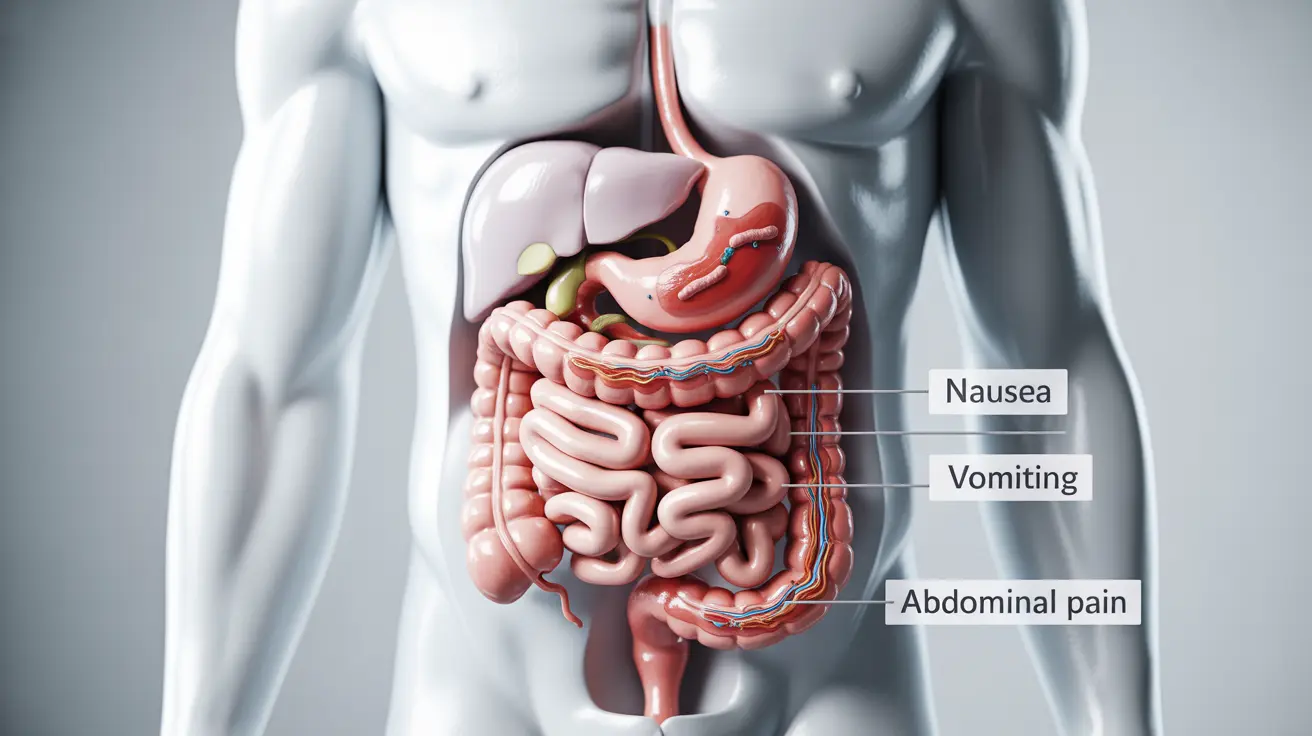Gastrointestinal infections can disrupt daily life with uncomfortable and sometimes severe symptoms that affect the digestive system. These infections, which can be caused by various pathogens, impact millions of people annually and require proper understanding for effective management and prevention.
Whether you're currently dealing with a gastrointestinal infection or seeking to prevent one, this comprehensive guide will help you understand the causes, recognize symptoms, and learn about treatment options and preventive measures.
Common Causes and Risk Factors
Gastrointestinal infections can be triggered by several different organisms:
- Viruses (like norovirus and rotavirus)
- Bacteria (such as E. coli and Salmonella)
- Parasites (including Giardia and Cryptosporidium)
Common risk factors include:
- Consuming contaminated food or water
- Close contact with infected individuals
- Poor hand hygiene
- Weakened immune system
- Travel to areas with limited sanitation
Recognizing the Symptoms
Gastrointestinal infections typically present with several distinctive symptoms:
- Nausea and vomiting
- Diarrhea
- Abdominal cramping and pain
- Fever
- Loss of appetite
- Dehydration
- Fatigue
Treatment Approaches
Home Management
Many gastrointestinal infections can be managed effectively at home through:
- Staying hydrated with clear fluids
- Resting the digestive system
- Gradually reintroducing bland foods
- Using over-the-counter anti-diarrheal medications when appropriate
- Getting adequate rest
Medical Treatment
Professional medical care may be necessary in cases involving:
- Severe dehydration
- Bloody stools
- High fever
- Symptoms lasting more than 3-4 days
- Intense abdominal pain
- Inability to keep fluids down
Prevention Strategies
Preventing gastrointestinal infections involves several key practices:
- Regular handwashing with soap and water
- Proper food handling and storage
- Using clean water for drinking and food preparation
- Avoiding cross-contamination during food preparation
- Maintaining good personal hygiene
- Following food safety guidelines when dining out
Dietary Management During Recovery
Following the BRAT diet can help manage symptoms:
- Bananas
- Rice
- Applesauce
- Toast
Additionally, consider:
- Clear broths
- Crackers
- Plain potatoes
- Boiled eggs
Frequently Asked Questions
What are the typical symptoms of a gastrointestinal infection, and how long do they usually last?
Typical symptoms include nausea, vomiting, diarrhea, abdominal pain, and fever. Most gastrointestinal infections last between 2-5 days, though some may persist for up to a week. The severity and duration can vary depending on the cause and individual factors.
How can I treat a gastrointestinal infection at home, and when should I seek medical attention?
Home treatment includes rest, hydration, and a bland diet. Seek medical attention if you experience severe dehydration, bloody stools, high fever (over 102°F), severe abdominal pain, or if symptoms persist beyond 3-4 days.
What are some common causes of gastrointestinal infections, and how can they be prevented?
Common causes include viruses, bacteria, and parasites, typically transmitted through contaminated food or water, or person-to-person contact. Prevention involves proper hand hygiene, safe food handling, drinking clean water, and avoiding close contact with infected individuals.
Are there any specific foods or dietary changes that can help manage gastrointestinal infection symptoms?
The BRAT diet (Bananas, Rice, Applesauce, Toast) can help manage symptoms. Start with clear liquids, then gradually introduce bland, easily digestible foods. Avoid dairy, fatty, spicy, or sugary foods until recovery is complete.
What are the benefits and risks of taking antibiotics for gastrointestinal infections, and when are they typically prescribed?
Antibiotics are only effective against bacterial infections and are typically prescribed when testing confirms a bacterial cause or in severe cases. Risks include disrupting gut flora and potential resistance. Most viral gastrointestinal infections don't require antibiotics and resolve on their own.




